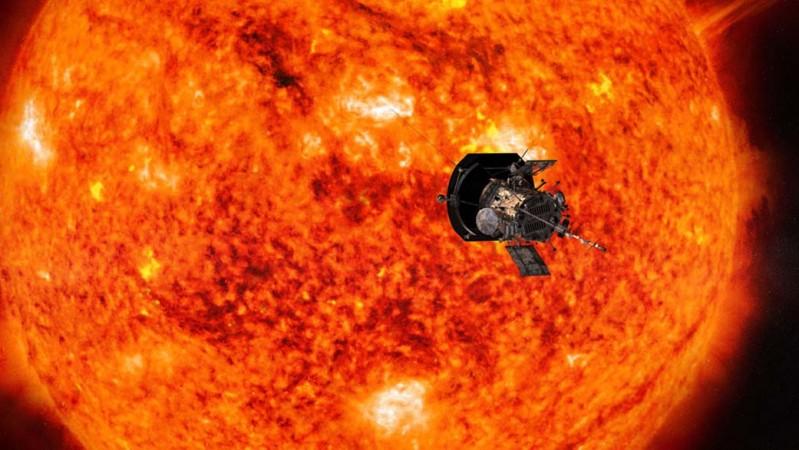
As we know, American space agency NASA is working on a solar probe, which will reach closer to the Sun than ever before. However, that won't be easy. The spacecraft will have to experience scorching heat while passing through the sun's solar corona for examining the stellar atmosphere's outermost part. This is the part, which generates the solar wind.
The Parker Solar Probe is essentially a robotic spacecraft, which is similar to a small car in size. The space probe is scheduled to leave Earth on August 6 and it will be kicked off from Florida's Cape Canaveral. This probe has been planned to be on mission for the next seven years. It is expected to fly into the solar corona within 3.8 million miles from the surface of the sun, which is seven times closer than any other space probe has reached before.
"To send a probe where you haven't been before is ambitious. To send it into such brutal conditions is highly ambitious," Nicola Fox stated at a news conference, reported Reuters. Fox is Johns Hopkins University Applied Physics Laboratory's project scientist.
Previously a solar probe, Helios 2 had entered the solar corona within 27 million miles in 1976.
"It's of fundamental importance for us to be able to predict this space weather, much like we predict weather here on Earth. In the most extreme cases of these space weather events, it can actually affect our power grids here on Earth," one of the solar scientists of NASA, Alex Young, said.
Now, what will keep the $1.5 billion worth project from burning down? It will be protected from the heat and radiation conditions by a heat shield, which has been designed to keep the probe's equipment at a decent 85 degrees Fahrenheit; even at times when the spacecraft will face 2,500 degrees Fahrenheit temperature during its nearest pass by the Sun.









!['Had denied Housefull franchise as they wanted me to wear a bikini': Tia Bajpai on turning down bold scripts [Exclusive]](https://data1.ibtimes.co.in/en/full/806605/had-denied-housefull-franchise-they-wanted-me-wear-bikini-tia-bajpai-turning-down-bold.png?w=220&h=138)



